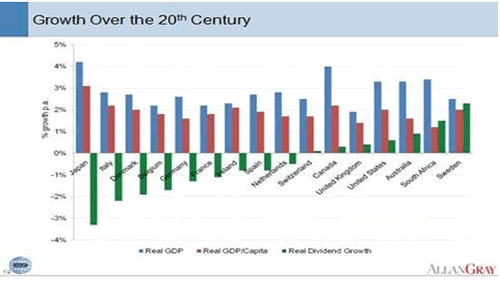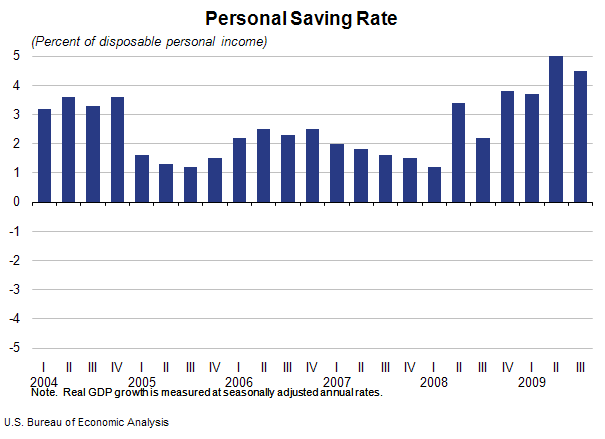The German economy is the largest in Europe and the country is home to many of the world’s top companies such as BMW, Siemens, Volkswagen, etc. German companies also hold the leadership position in the chemical industry.
In order to identify the high dividend-paying German stocks I used the iShares DivDAX ETF (EXSB) which tracks the DivDAX index. This index tracks the 15 stocks with the highest dividends out of the 30 largest and most liquid German companies by market capitalization.
The Top 10 Holdings in the iShares DivDAX ETF are listed below together with current dividend yield:
1. BASF (OTC: BASFY)
Current Dividend Yield: 4.12%
2. Bayer (OTC: BAYRY)
Current Dividend Yield: 2.38%
3. Deutsche Telecom (DT)
Current Dividend Yield: 6.99%
4. Allianz AG
Delisted from NYSE
5. RWE AG (OTC: RWEOY)
Current Dividend Yield: 6.16%
6. E.ON AG (OTC: EONGY)
Current Dividend Yield: 4.98%
7. Siemens AG (SI)
Current Dividend Yield: 2.67%
8. Muench Rueckvers (OTC: MURGY)
Current Dividend Yield: 4.66%
9. Deutsche Post AG (OTC: DPSTF)
Current Dividend Yield: No Regular Dividends
10. Deustche Boerse (OTC: DBOEY)
Current Dividend Yield: 3.70%
To download the ETF factsheet, click here.


